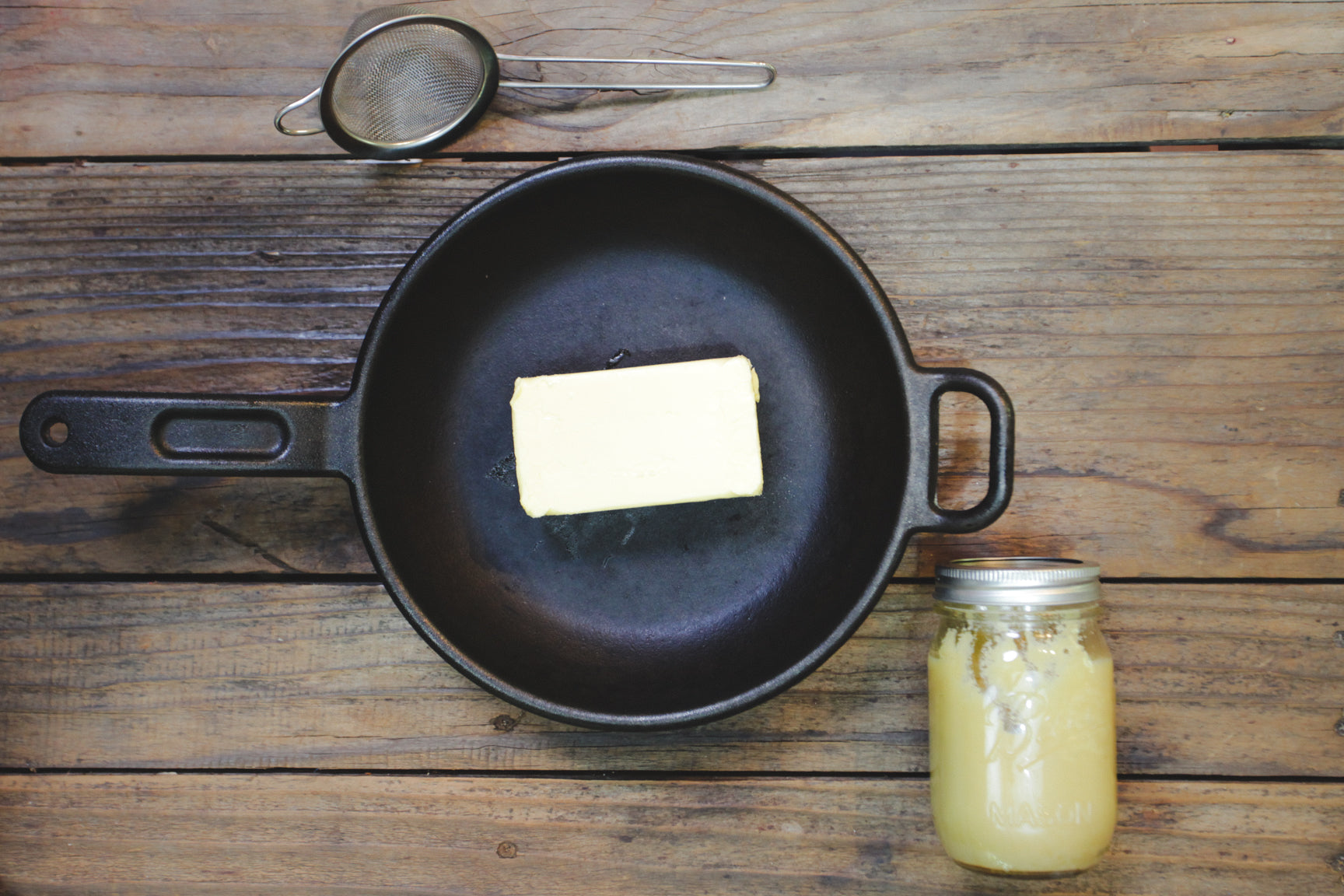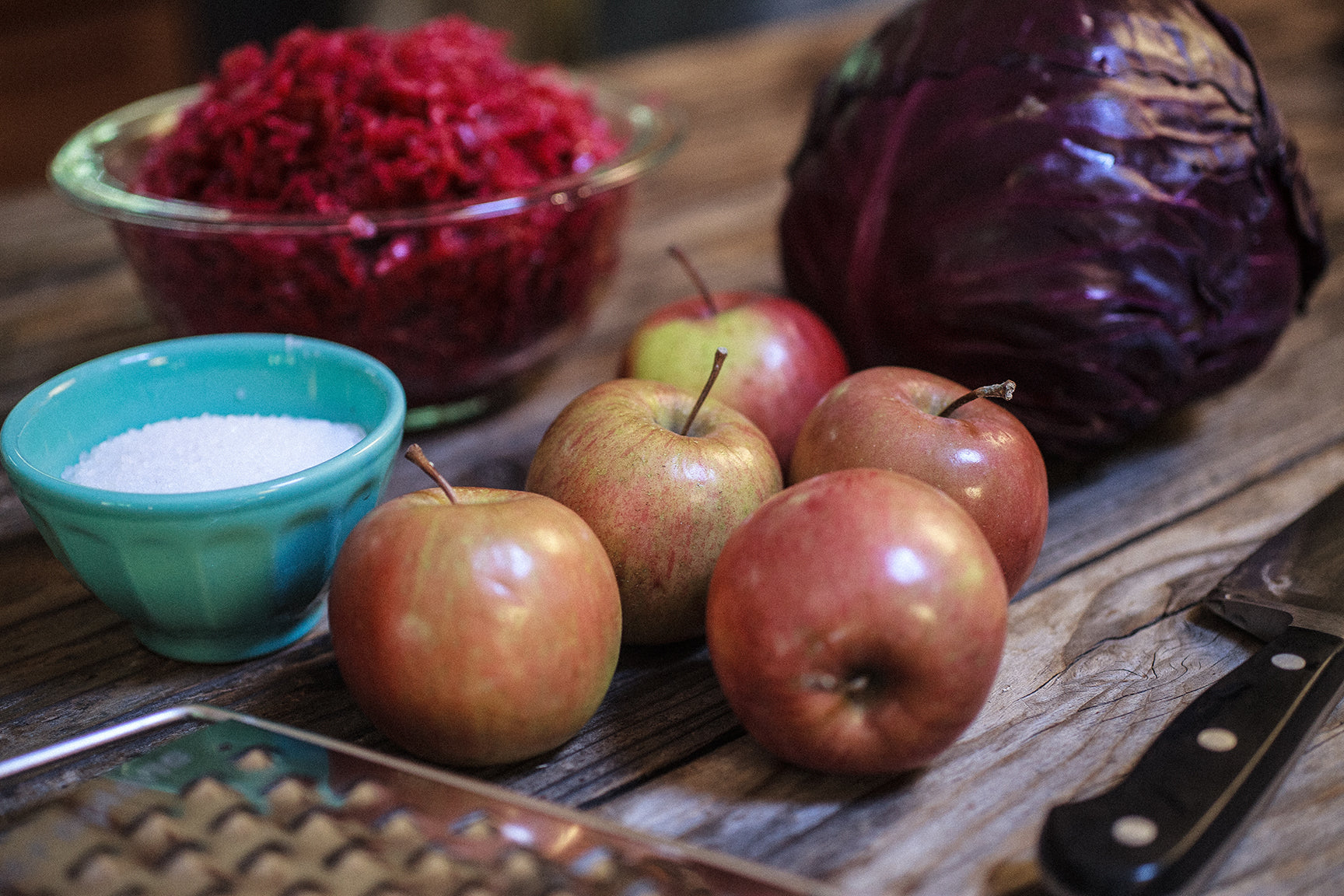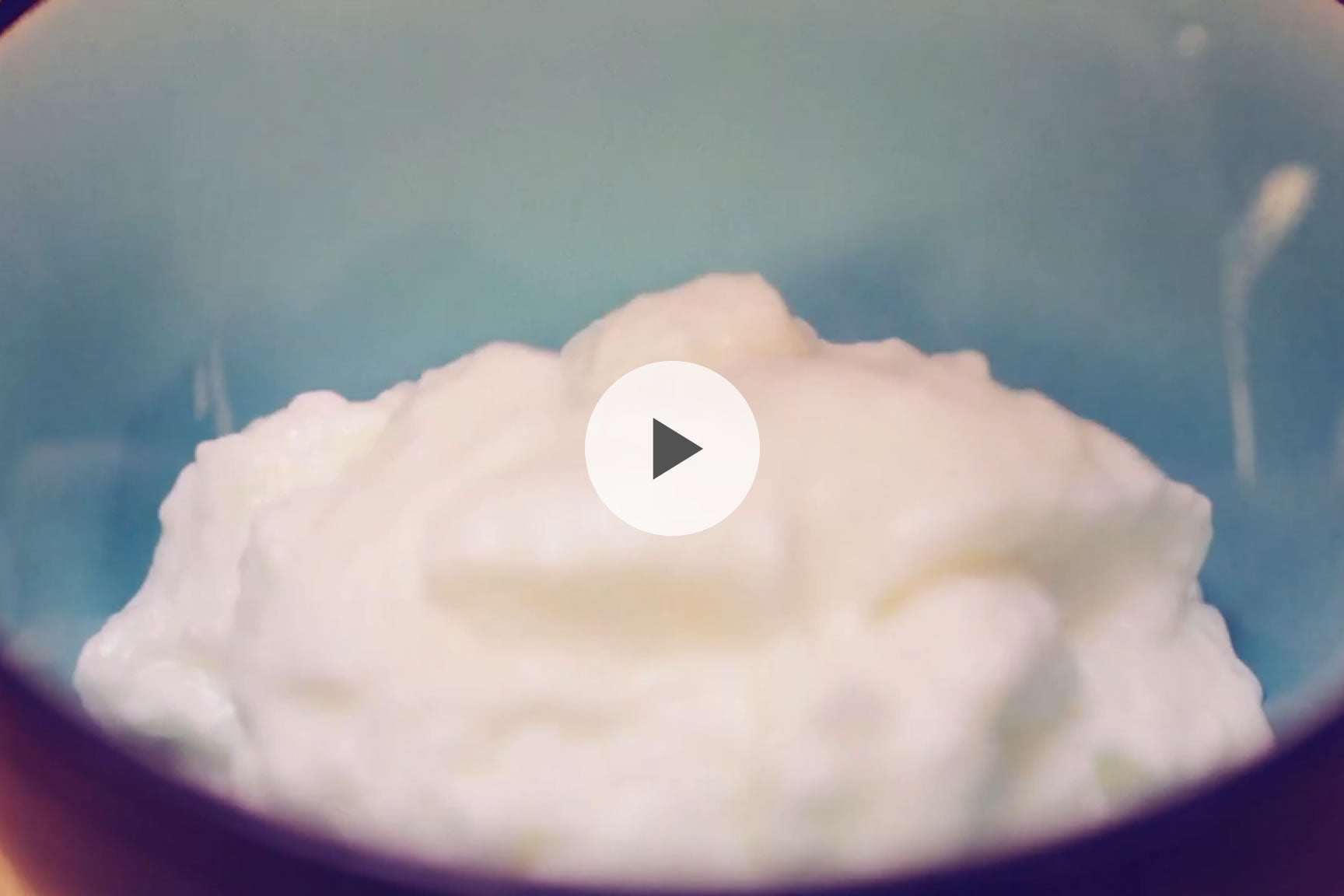- Continue Shopping
- Your Cart is Empty
June 2015: Diving into Nourishing Cooking

In this Month's Journal...
- Backyard Beekeeping - Save the Bees and Eat Delicious Honey Everyday
- Video Workshop: How to Make Homemade Yogurt
- Nourishing Fat: How to Make Your Own Lard
- Ghee: The Traditional Indian Clarified Butter
- Musing on the Importance of Whole Foods
Introduction
Here is a June song, a summer song, the days grow long and the sun shines. Basil in the markets, tomatoes climb their cages, berries simmer down in a pot. Yes it is June and June is a good month. Still time to plant, and not too hot yet; tuck one more flower in amidst the vegetables. Dream big.
We're always dreaming here at Mountain Feed, both collectively and as individuals. We've got some dreams that are coming to fruition right now, some that are just sprouts spreading their first leaves, and others that are still seeds in the dark earth. Dreams of chickens, dreams of fish, dreams of food and community and kitchens and music. And dreams of honey.
The months were once known by their moons; the harvest moon, the hunter moon. But June, in some traditions, was known as the Honey Moon. It may be (it is) too early to expect honey from all the new package bees that are just getting settled in their hives, but for those with established hives, or other access to honey, the time is ripe for honey wine. We'll be making some this month, and sharing our process with you. Mead, like the rhubarb wines we started last month, takes a very long while to ferment. It's worth the wait, though! We're excited to see the renewed interest in this ancient beverage, and looking forward to toasting our community with a golden glassful when the time is ripe. In the meantime, get inspired by our beginning beekeeping article...
Backyard Beekeeping - Save the Bees and Eat Delicious Honey Everyday

FULL ARTICLE: Backyard Beekeeping - Save the Bees and Eat Delicious Honey Everyday
Food Preservation and Nourishing Cooking Classes

Speaking of glassfuls and platefuls, we've been cooking and brewing up all manner of delights in our free Food Preservation and Nourishing Cooking Classes, the series of classes we are presenting in collaboration with Santa Cruz Community Farmers' Markets. What an excellent venue!
We've gotten into a delicious rhythm, of showing up with empty baskets before the classes, and filling them with local produce to use in the demonstrations. We've been honored that some folks we met at the San Francisco Flower and Garden Show have travelled from afar to participate in some of these classes. Equally gratifying is the forging of connections closer to home; our local food producers, neighbors, and fellow culinary explorers.
Whether you are just starting out or an old hand at food preservation, there's always more to learn. Every year and every season brings its own challenges and opportunities. Our job is to adapt to them, as gracefully as possible. Join us this month for classes on Homemade Yogurt, Nourishing Fats, and Simple Cheesemaking. See our workshop and event schedule here.
It's easy to forget sometimes, but many of the delicious foods we know and love are simple methods of preserving perishable foods like milk, meat, and fresh vegetables. Cheese and yogurt keep longer than raw milk. Lard will last longer once it is rendered from the animal. In these days of refrigerators and supermarkets, the necessity of food preservation is not as dire as it once was. Yet there are other, equally compelling reasons to continue these ancient traditions. Here are a few of the recipes that we'll be teaching this summer...
FULL ARTICLE: Nourishing Fat: How to Make Your Own Lard
FULL ARTICLE: Ghee: The Traditional Indian Clarified Butter
VIDEO WORKSHOP: How to Make Homemade Yogurt
Food Preservation that Nourishes the Soul

Whole foods nourish the body. There is no better way to control the freshness and the ingredients in preserved foods than to preserve them yourself. Furthermore, some methods of preservation actually increase the availability of nutrients. Fermentation creates a whole host of beneficial bacteria to populate our gut, but it also creates effects that make foods more digestible by breaking down proteins that can be difficult to digest. The inclusion of fats in the diet also increases our absorption of vitamins and minerals from the foods we eat. In addition to these and other valid health reasons for preserving your own food, there is something else at work here, too.
Engaging in these methods of food preservation, some of them thousands of years old, provides a direct link to our shared past. It nourishes the heart, as well as the body, to carry on traditions passed from generation to generation. Even if we did not learn how to make sauerkraut at our grandmother's side (and few of us have) there is still a link, a continuity, between our time and theirs, that we strengthen and grow when we engage in these time-honored traditions.

We are even now, still learning and re-learning the wisdom that humans long ago discovered intuitively, or through years of careful observation. To the ancient knowledge we can add our own modern advances, using microscopes to see the billions of bacteria at work in every pot of yogurt or bottle of kombucha or water kefir. We can experiment with flavor combinations and methods and presentation, making the ancient traditions our own as well, another link in a long chain that stretches back into the far distance of our shared past, and forward into the future. Until next time, friends...
Thanks for Reading Our June 2015 Journal. Over to You...
It’s part of our mission here at Mountain Feed to help you make delicious, sustainable, homemade food more often. Stop by and say hello on Facebook, Twitter, Instagram or Pinterest. Or, as always, you can do it the old fashioned way and come by the store to speak with one of our in-house experts.
You've just read the June 2015 Issue of our Monthly Journal. To be the first to receive all our new recipes, articles and stories from the shop each month, sign up for the journal by email.

